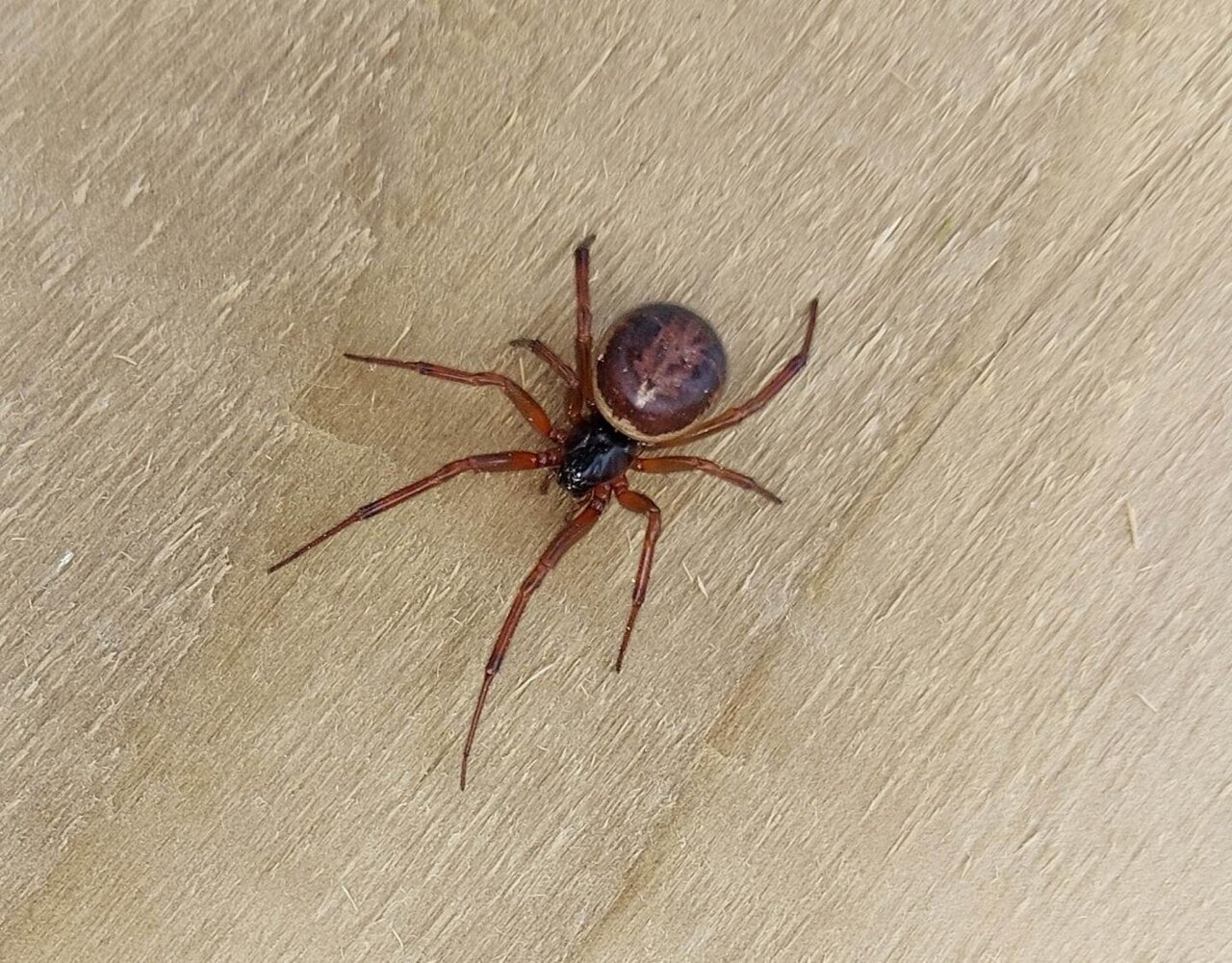filipchajdicka
Arachnopeon
- Joined
- Dec 9, 2023
- Messages
- 4
Hello Arachnoboards!
I found two of these friends in a cave where I'm staying tonight, and as far as I could google, I think it's Steatoda Capensis. But there is nowhere to find anything about them living on Tenerife, nor Canaries in general. Does anybody know if I'm mistaken or if they expand? After all, I just wanted to be sure its bite is not deadly or something, so I can sleep tight. Thank you!

I found two of these friends in a cave where I'm staying tonight, and as far as I could google, I think it's Steatoda Capensis. But there is nowhere to find anything about them living on Tenerife, nor Canaries in general. Does anybody know if I'm mistaken or if they expand? After all, I just wanted to be sure its bite is not deadly or something, so I can sleep tight. Thank you!


Last edited:







